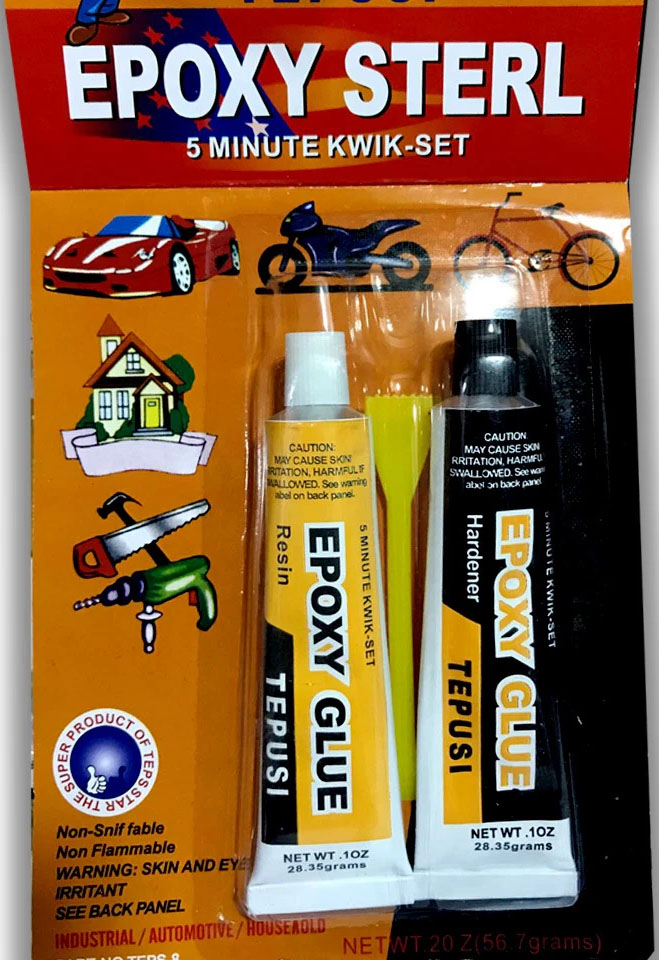NEWS
NEWS
How can we use epoxy to improve the waterproofnes of aluminum housings of led work lamps
25-10-2025
Basically, in addition to silicone-based materials or Polyurethane (PU) resins, epoxy can significantly improve the waterproofness of aluminum LED work lamp housings by creating a durable, seamless barrier that prevents water ingress.
The most popular way to use epoxy is to encapsulate the LED circuit board and its components within the aluminum housing. First of all, ensure the interior part of the aluminum housing is clean, dry, and free of any oil or dust to allow for proper adhesion. Mix a clear, two-part epoxy that is mixed suitable for the complete encapsulation.
Carefully pour the mixed epoxy over the circuit board or power connections inside the aluminum housing, ensuring all sensitive components and wiring are completely covered and submerged. Allow the epoxy to cure all of the relevant components fully as specified. This method creates an IP67 dustproof and waterproof level seal for the led work lamps. It also provides excellent shock and vibration resistance.
Epoxy can also be used as a high-strength, waterproof adhesive/sealant for sealing connection points of the aluminum housing.
For aluminum channels with plastic or metal end caps, epoxy can be used to permanently glue the caps in place, sealing any potential water entry gaps.
A small amount of epoxy can be put around the point where the power cable enters the housing to ensure a permanent, watertight seal, complementing or replacing standard rubber grommets.This focuses on sealing the mechanical assembly points, which are common areas for water leakage.
For durable, wapteroof LED work lamps on offroad adventure or other harsh environment, resin can achieve better flexibility, high/low-temperature resistance, and superior long-term anti-yellowing properties, along with better thermal conductivity.


